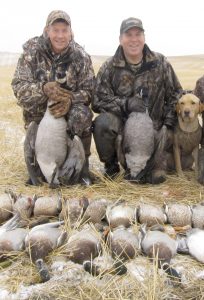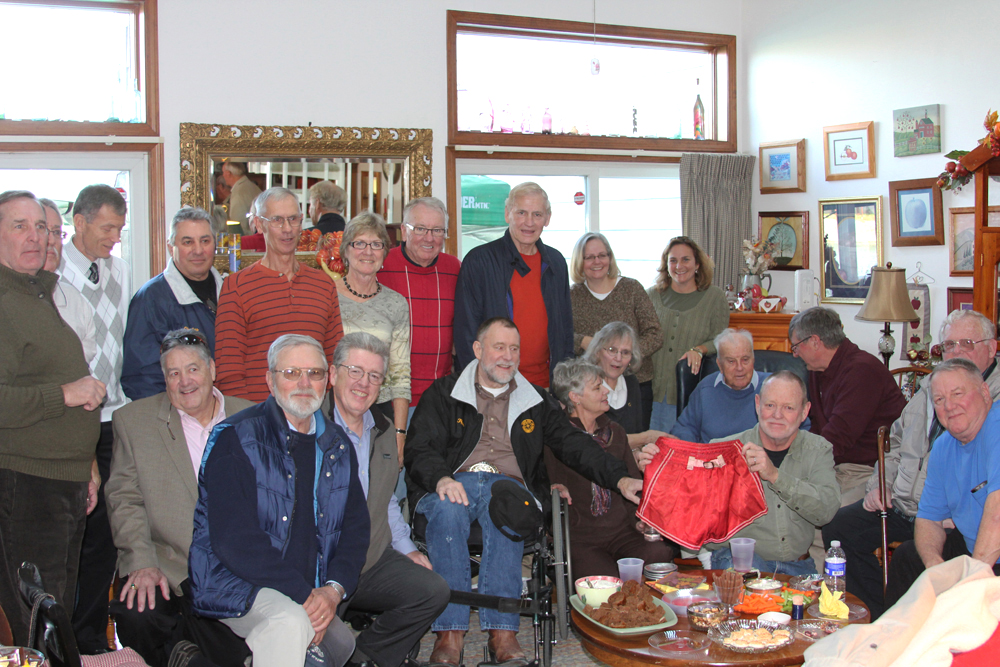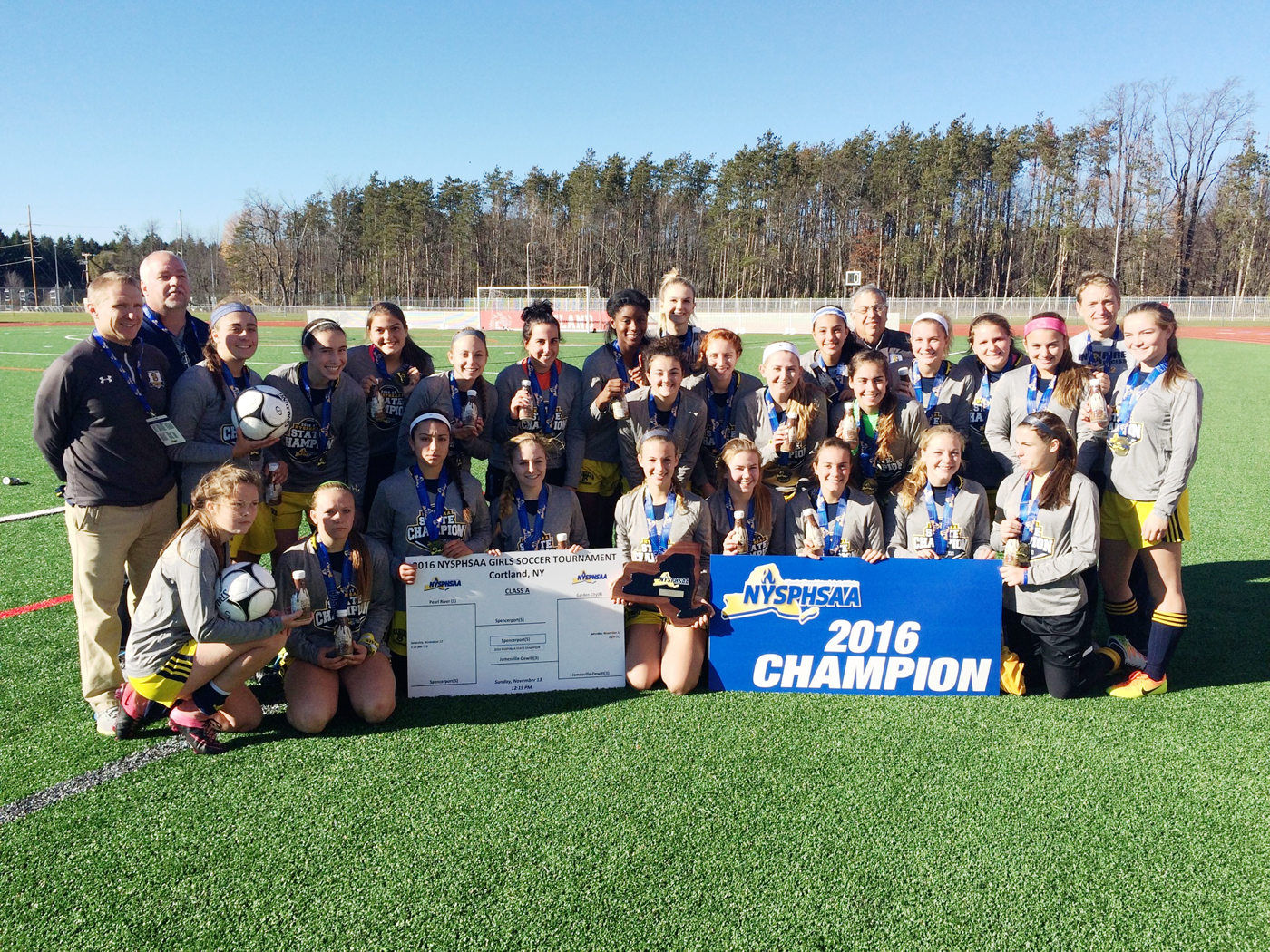New York’s Duck Hunting
October 28 is the opening of waterfowl season in our area. So, by the time this column hits the stands some of you will already had your waders muddy. We have some decent early duck hunting in this region, especially in the marshes along Lake Ontario and the Finger Lakes. In this article I will focus on ducks even though the goose season opens on the 28th as well. There is just too much to cover to handle both ducks and geese in a 1000-word column; explaining the regulations alone could fill this entire paper.

One of the reasons for all the parameters around waterfowl hunting is the fact that ducks and geese migrate so they are federally regulated. The feds give the Department of Environmental Conservation in New York State guidelines that the state must abide by. Much of the waterfowl guidelines are not in the hunting regulations booklet because it is printed before they are finalized by the D.E.C. To get the current regs, you can call the Region 8 office in Avon: (585) 226-5380 or go to D.E.C. website http://www.de.ny.gov/outdoors.
Waterfowl laws are much different than other game laws in the state. One of the big changes is that you can now hunt waterfowl a half hour before sunrise. Another is that you must use steel shot. Thirdly, your shotgun must hold only three shells. If you have a pump or a semi-auto, you will need a plug in your gun. Also, you must have a duck stamp that can be purchased at most post offices, an H.I.P. number is required. You can get one by calling 888-427-5447 or online at http://www.ny-hip.com/ . Breaking the Axis codes during World War II was less complicated than weeding through these waterfowl laws … all before you ever step foot in the marsh.
To get some advice on duck hunting here in Western New York, I contacted veteran waterfowler Dan (Waldo) Shannon and asked him if he had any tips for someone looking to get started hunting waterfowl. Dan has hunted waterfowl for over forty years, and has fought hundreds of waterfowl battles in the marshes and lakes across New York State. His love for the sport has even driven him to Saskatchewan, Canada several times in pursuit of his passion.
Mr. Shannon had this advice, “The biggest tip I can give anyone interested in getting started in duck hunting is to find somebody to hunt with at least for the first few hunts. Duck hunting is extremely tough to get started on your own. There are just too many specific regulations, not to mention the equipment needed and, even more important, a spot to hunt. You can compare it to wanting to become a full-time farmer from scratch, it is impossible. So try and find an experienced duck hunter and ask if he will let you tag along. Most waterfowlers are very secretive, but if you can convince them that you won’t blab about their spots and pitch in on the work, you might be able to ride along. Many can use any extra man power … duck hunting is hard work. You will get muddy; your vehicle will get muddy inside and out, all your gear from your gun to your socks will get muddy or wet. It is not a sport for the outdoor catalog pretty boys.”
Dan went on to say, “One of the most satisfying things about duck hunting is that there is very little luck involved with success. Unlike deer (gun) hunting where we all know a casual hunter who has stumbled upon and shot a nice deer by pure luck alone. This does not happen in waterfowl hunting and that makes it one of the most rewarding hunts when it goes well.
“Identifying the ducks on the wing is one of the most intimidating things for a new hunter. The mallard is the most common duck in our area and I would venture an educated guess that 70 percent of the ducks you will see in the early season will be mallards. Telling a drake from a hen is very important because you can only shoot two hens a day. But if you shoot all drakes you can shoot four, so it pays to be able to tell the difference on the wing. The drakes are obviously the most colorful and in bright sunlight it is easy to see the green head of the drake, but in the early low light of shooting time that begins a half hour before sunrise, you can’t see the colors. One trick to tell a hen from a drake mallard in low light is that a mallard hen does all the loud calling. The drake only produces a raspy, low call somewhere between a quack and a whistle … it is almost a buzz. If you have a mallard circling your decoys making that raspy, low quack it is a drake…whack it! If it is quacking loudly, it is a hen. The female duck in all breeds does the most of the quacking. There is a joke here, but I’m not going to touch it, too dangerous.
“Like everything these days, there is some great stuff on You Tube that will help you I.D. your ducks on a wing. This is a mandatory skill if you want to be a duck hunter. Good luck and remember, never give a duck an even break.”
I could write a book on Waldo’s waterfowl knowledge and I appreciate him passing a few tips along.
There are a few more regulation of note. Here in the Western Zone, the season runs from October 28 through December 6, and then it reopens on December 26 through January 14. The daily limit of six ducks includes no more than four mallards (two of which may be hens), three wood ducks, two black duck, one pintail, two scaup (bluebills), two redheads, two canvasbacks, four scoters, four eiders, four long-tailed ducks or two hooded mergansers, all mergansers and sea ducks (scoters, eiders and long-tailed ducks). For all other duck species found in New York, the daily limit is six.
Be warned before you jump into the world of waterfowl hunting, once it gets in your blood you will never get it out!



